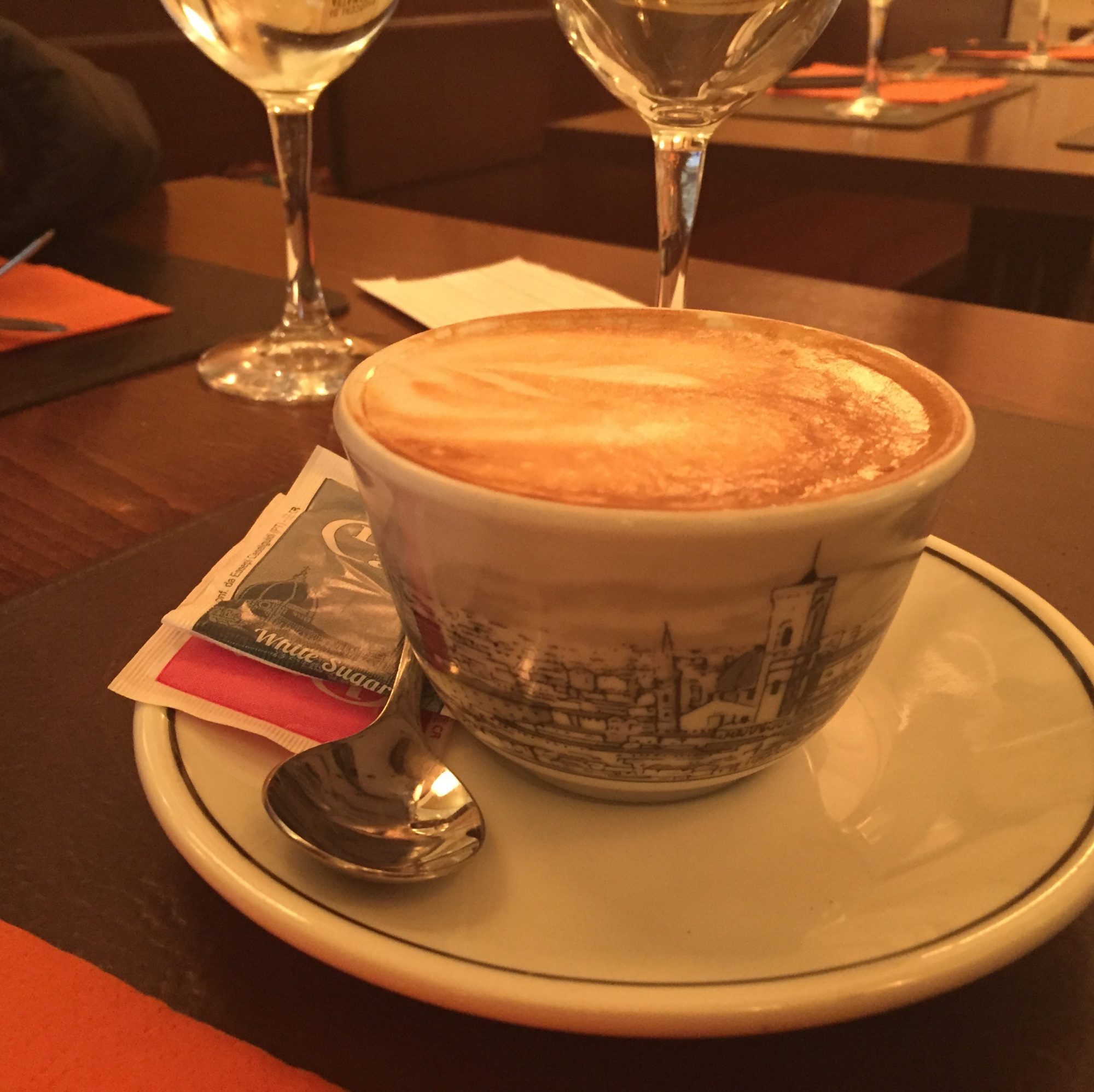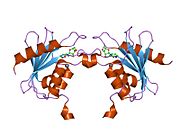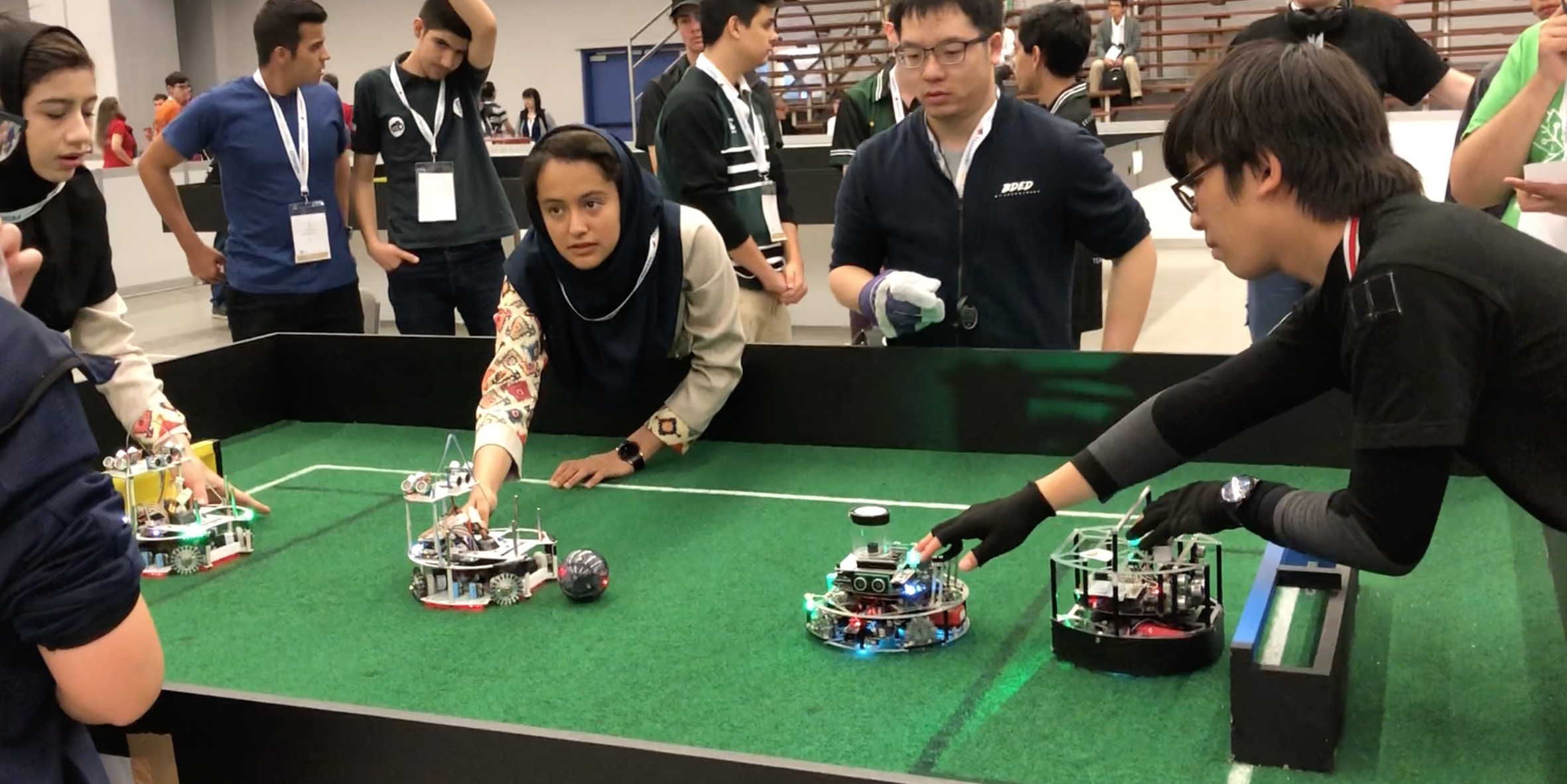Science Olympiad Protein Modeling
My Research Project: Microbial Fuel Cells
For my sophomore research class, I did a project testing the effect of anode surface area on microbial fuel cells, or MFCs. MFCs are an experimental fuel cell type that use bacterial respiration to generate electricity. Basically, in an MFC, bacteria and sugar are placed in a chamber without oxygen with two electrodes on either side. The bacteria form a biofilm on the anode side and transfer electrons from anaerobic respiration to the anode. The cathode, which is made of platinum, is exposed to air. The platinum cathode uses the flow of electrons through the cathode to catalyze the reverse half reaction in the cell. I 3D printed two MFCs for this project. One of my MFCs had a larger surface area anode, which I hypothesized would increase biofilm formation and thus power output. As my bacteria source, I used pond sludge and mixed it with a glucose solution. I ran both fuel cells for two days, taking power readings every minute.
This was one of the most rewarding and exhilarating experiences of my life. I learned a lot about the engineering design process while designing the fuel cells. I also learned a lot about electrochemistry and circuit design while learning about MFCs. While my idea did not show that the high surface area anode increases power output, I would like to continue this project and make modifications to it to see if I can increase power output. One idea that I have is to coat the anode with gold nanoparticles, which should increase surface area at a nanoscale, which could improve biofilm formation. I really enjoyed this project and I am planning to do much more like this in the future.
Hidden Capital: The Solution to Our Economic Woes?
Update from RoboCup 2018 – Montreal CA
My son’s team had qualified for the rescue line competition at the international RoboCup 2018 competition in Montreal Canada. While his team did not do as well (26 out of 38 teams) – it was a great learning experience. Since it was our first international competition, we were also awed by the level of the competition as well as the advanced robotics capabilities on display.
Here’s a description of some of the advances we saw at the conference.
Tickets:
We got 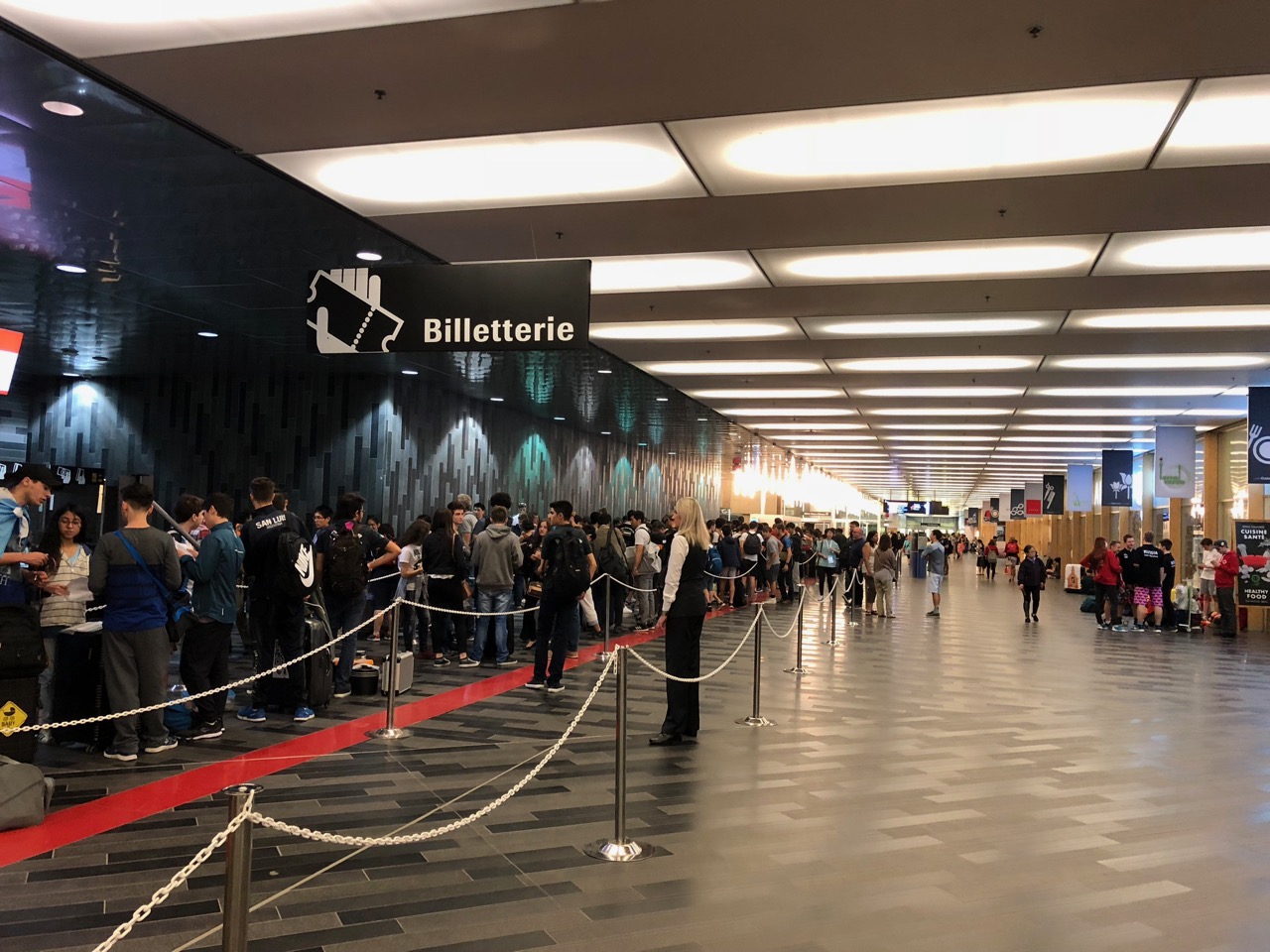 tickets early in the morning on Sunday June 17th, and the rest of the day went in team setup, practice runs and calibration & tuning the robotics programs.
tickets early in the morning on Sunday June 17th, and the rest of the day went in team setup, practice runs and calibration & tuning the robotics programs.
Setup:
Sunday, June 17 was for setup at the Palais De Congres in Montreal.
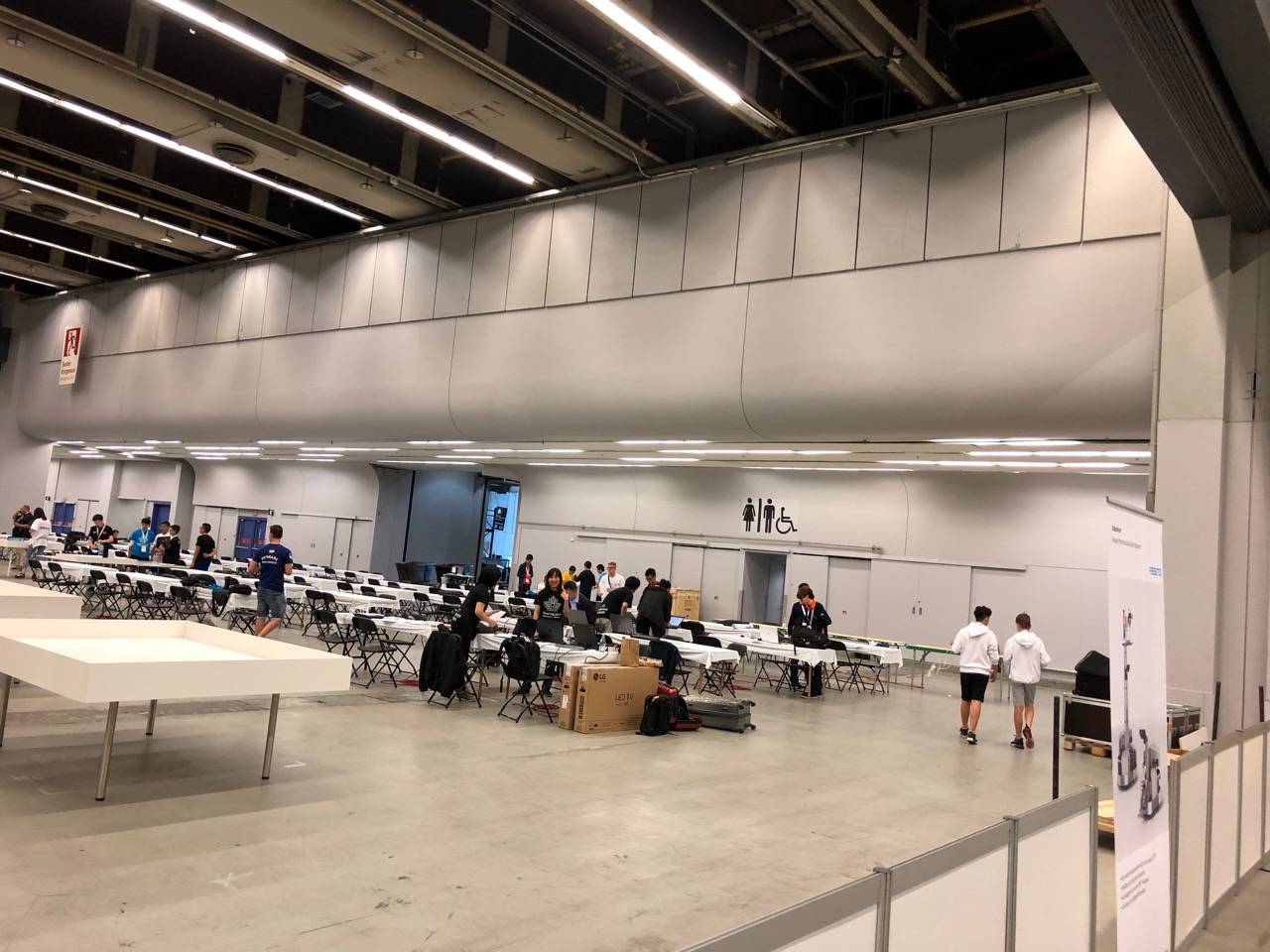
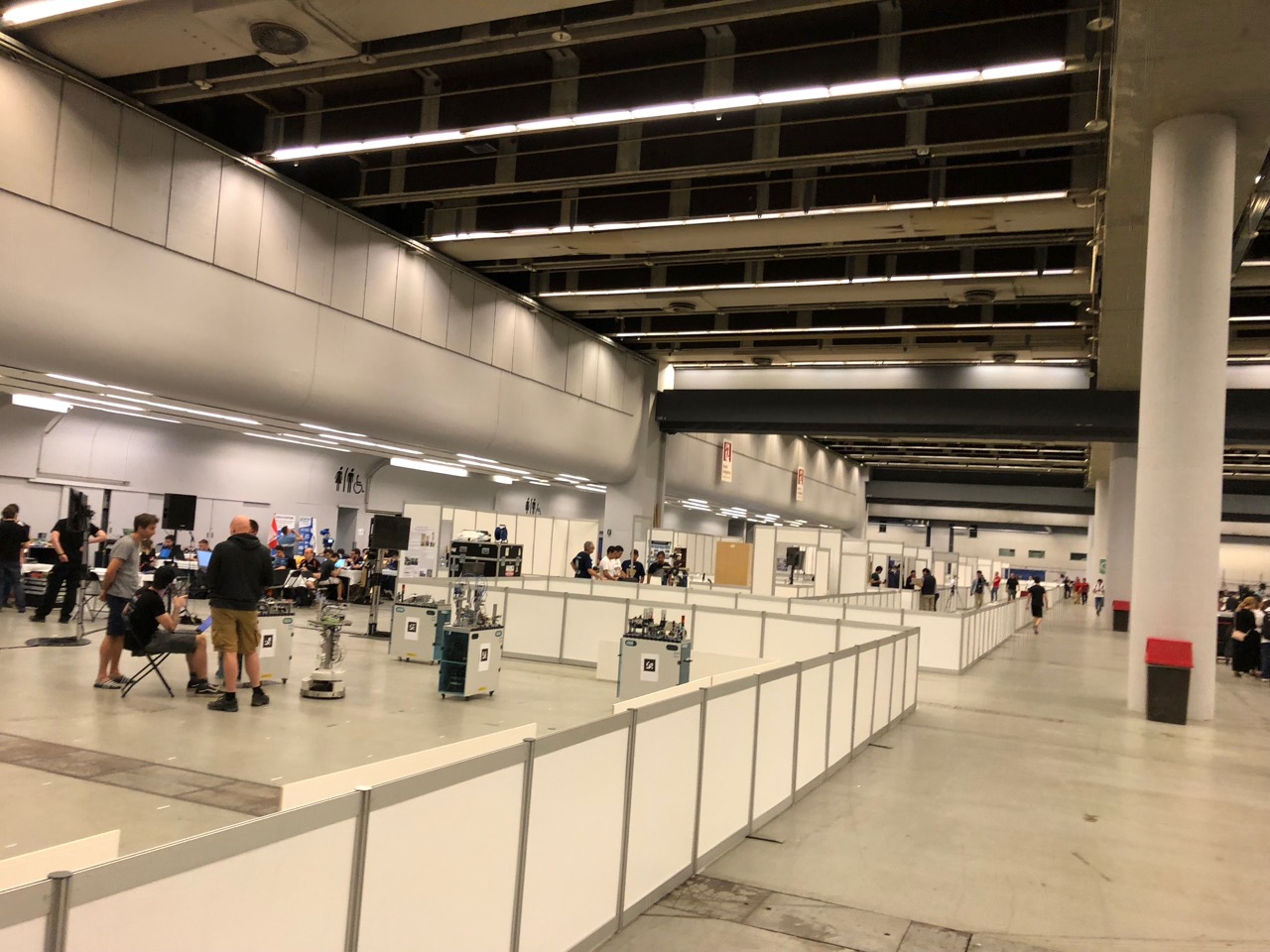




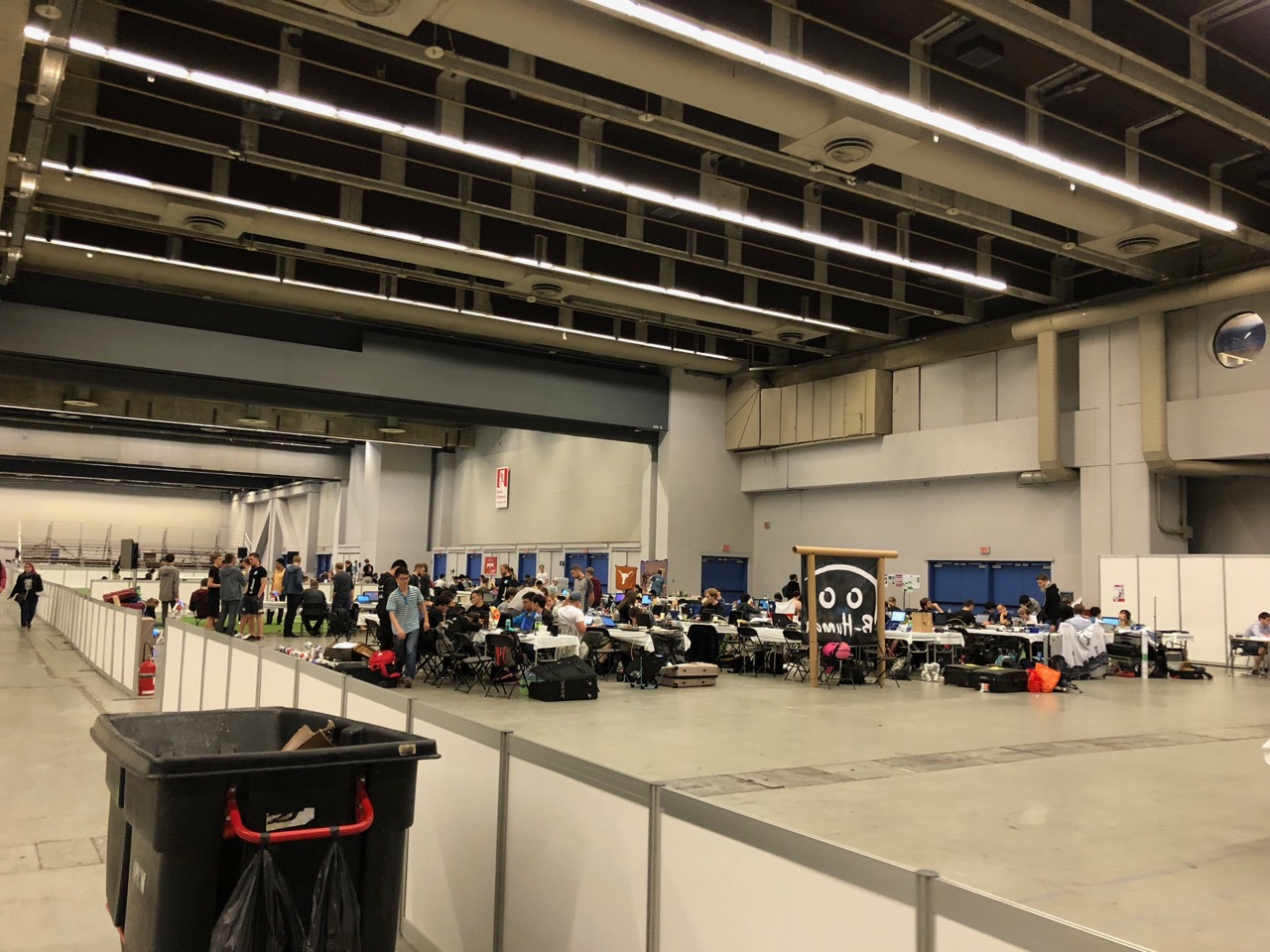
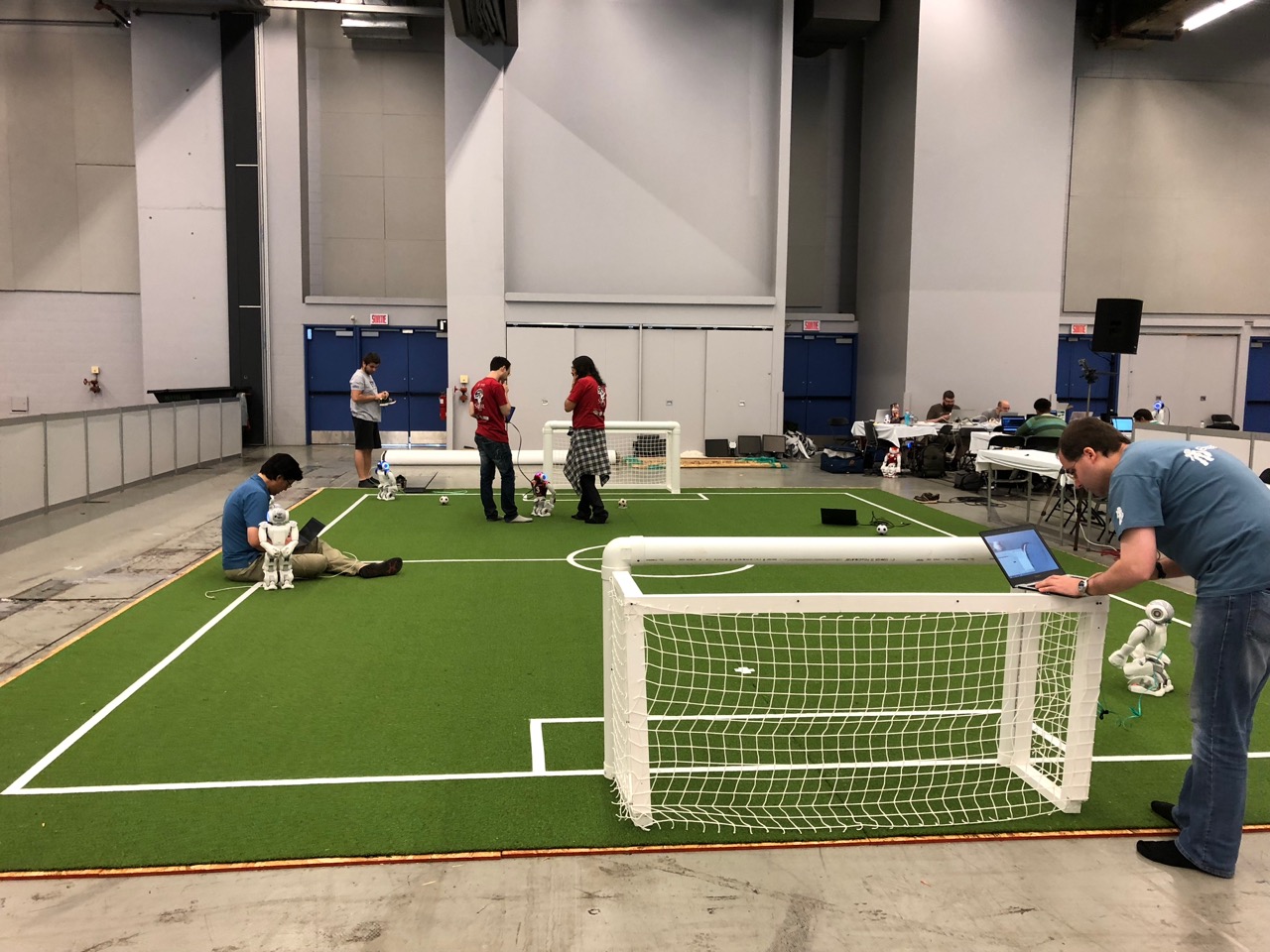
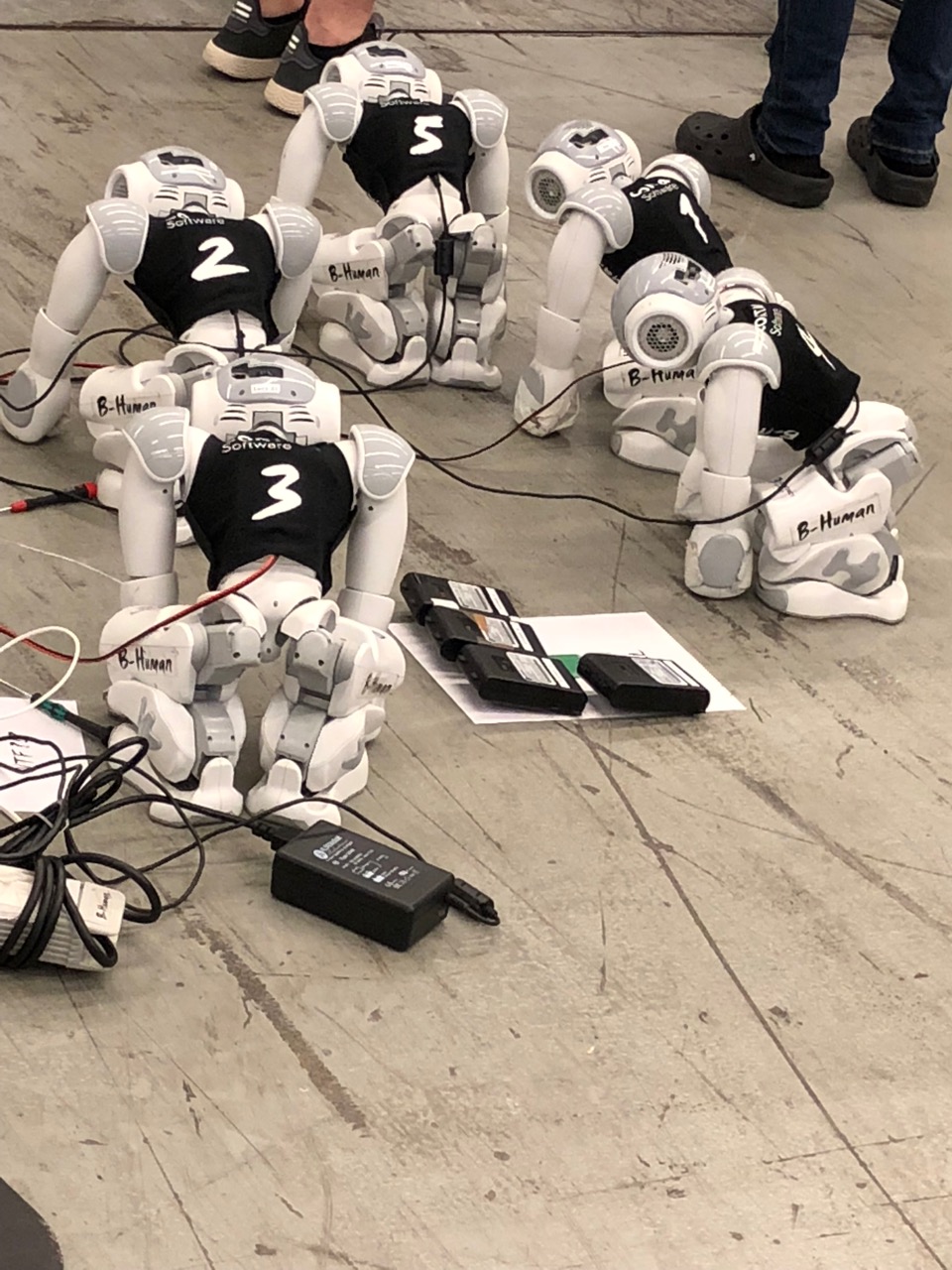
Rescue Line Competition:
The competition primarily consisted of teams building their own bots to navigate a variety of challenges like line tracing, navigating left, right and U turns, navigating road bumps, debris and obstacles, tackling ramps, bridges etc. In addition being able to score points in the rescue room by identifying victims and carrying them to the respective rescue zones. All of this was to be available as capabilities of the bot and to use sensors to autonomously navigate through the obstacle course and accomplish the above mentioned tasks.
Rescue Line Winning Team – Iranian Kawash. The following is a video of their winning robot in the rescue zone.
Sid’s Team run –
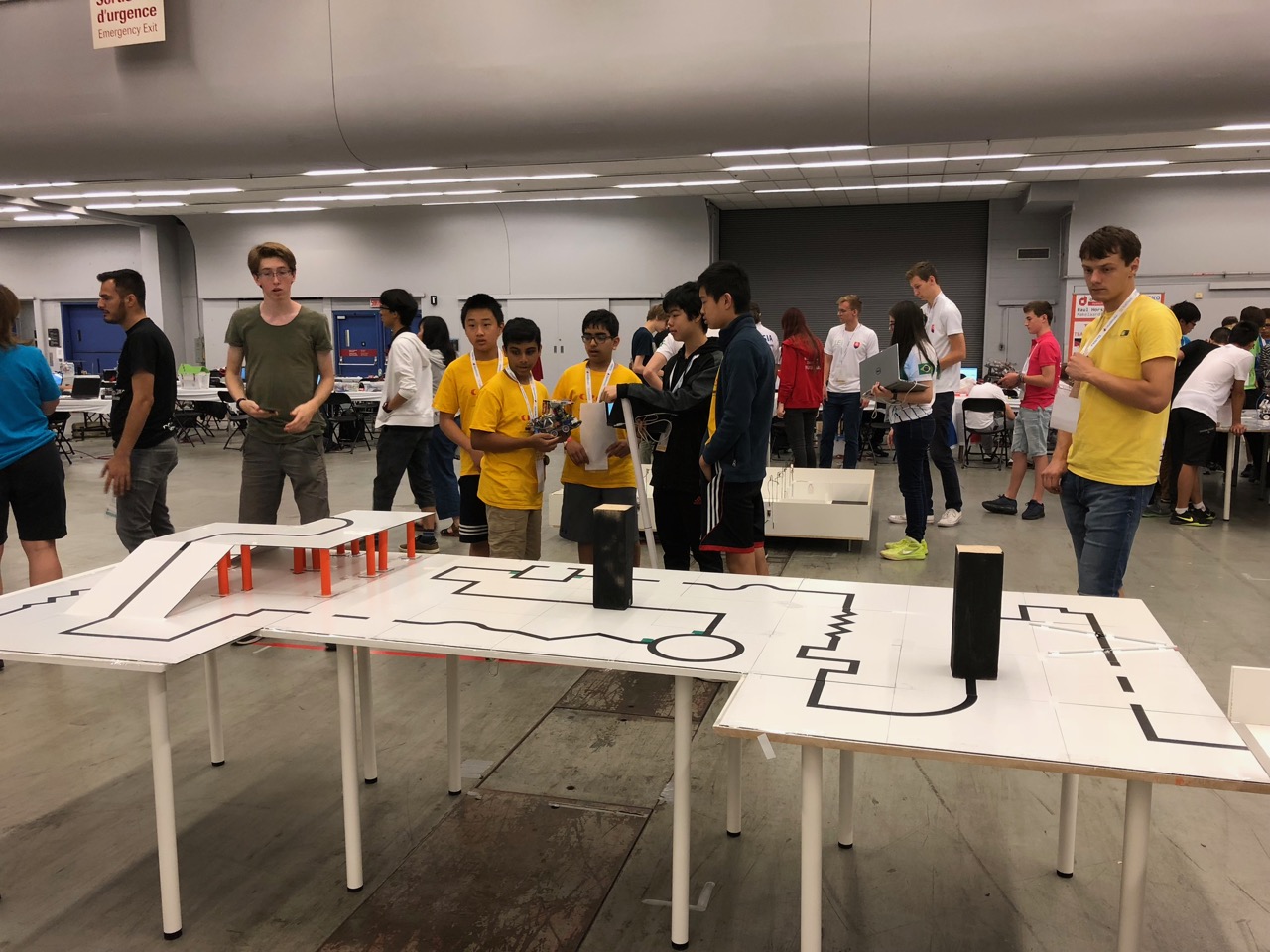
Winning Robot: Team Kavosh from Iran

Rescue Maze Competition:
The objective of the rescue maze competition is for a robot to navigate a complex maze and identify victims to save.
Team Soccer:
Autonomous bots in a team playing soccer. The soccer tournament came a various levels –
Middle Size League:
Powerful bots playing soccer with a full size soccer ball. Here’s a video of a 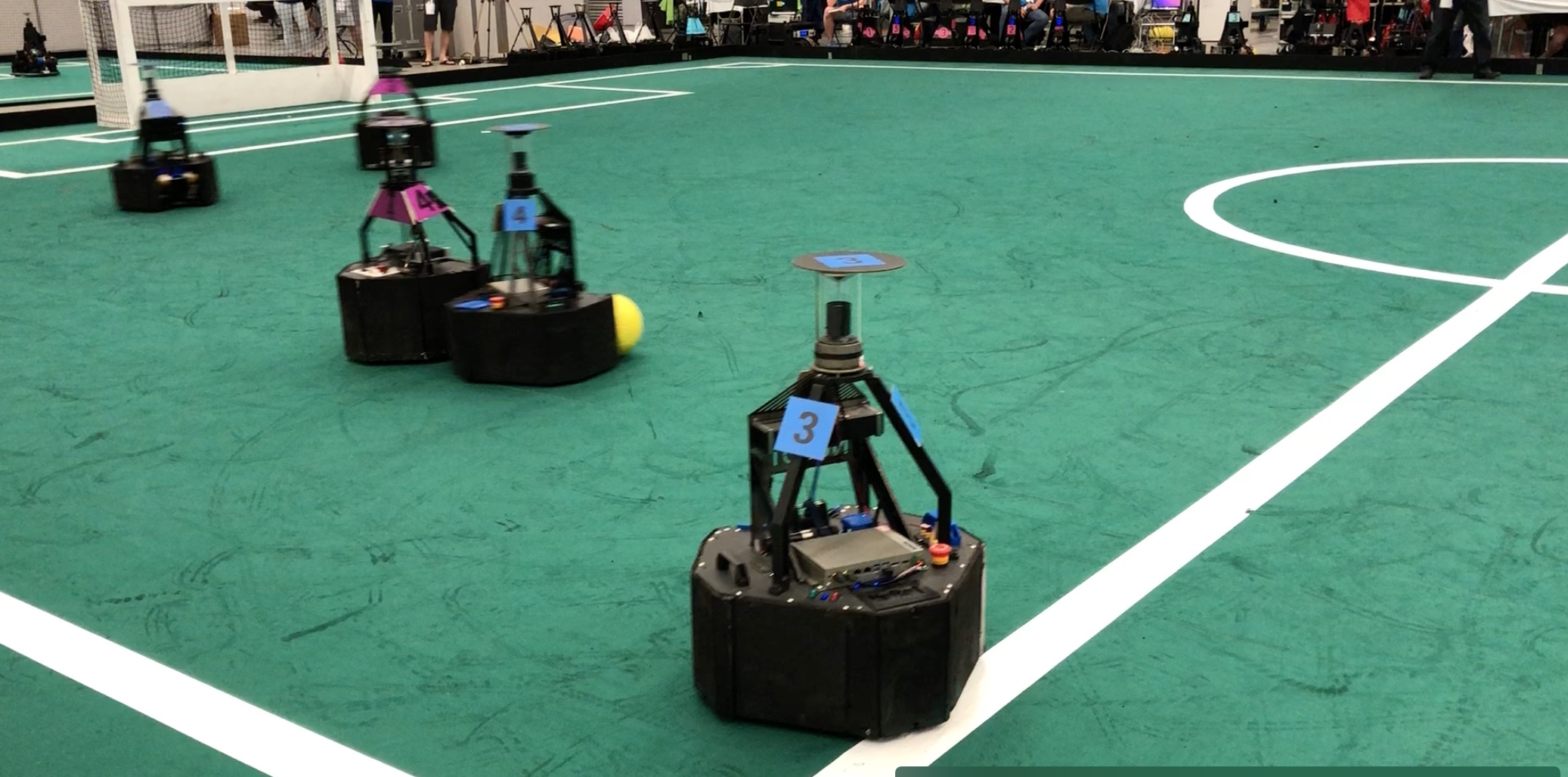 goal from one of the teams.
goal from one of the teams.
Junior League:
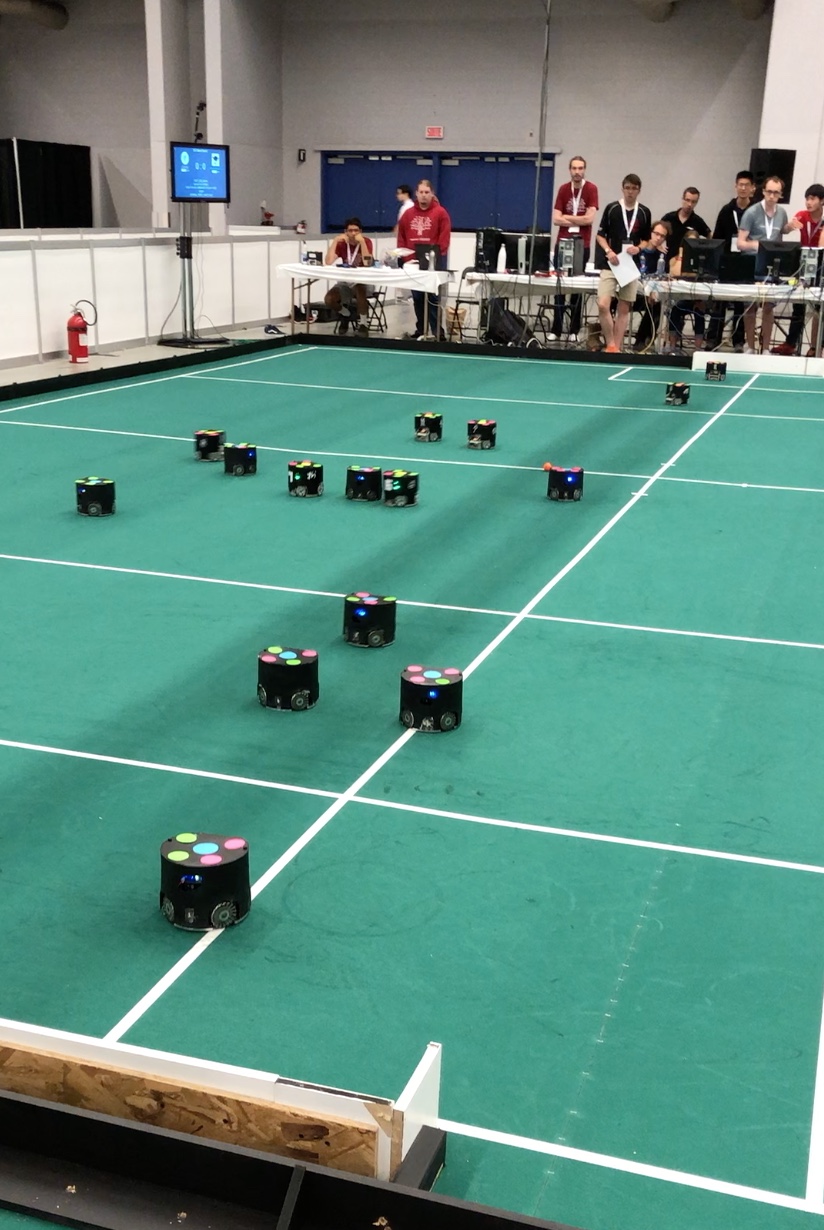 A very fast paced soccer game with bots acting in coordination as one team against an opposing team. Here’s a video that shows how exciting this can be.
A very fast paced soccer game with bots acting in coordination as one team against an opposing team. Here’s a video that shows how exciting this can be.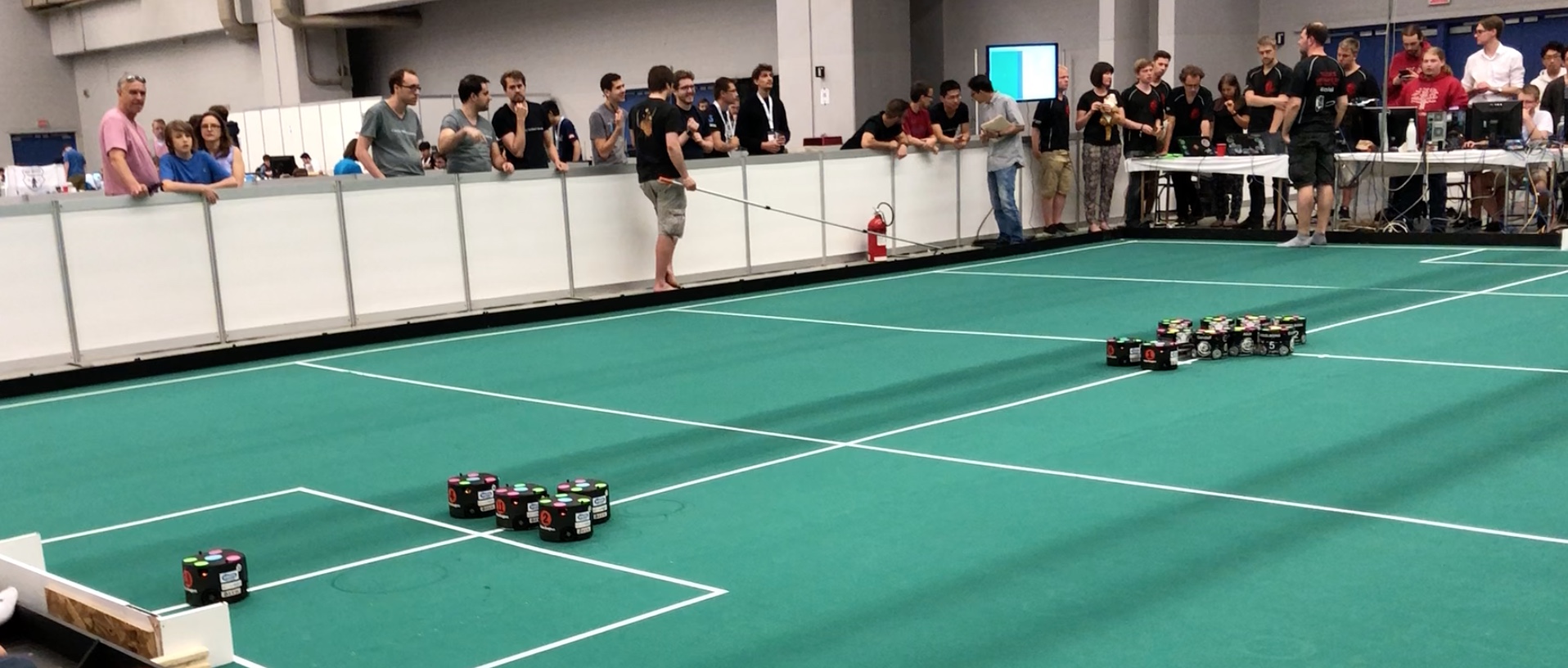
Humanoid Robot Soccer:
There were three categories – Kidsize Humanoid League, Humanoid League 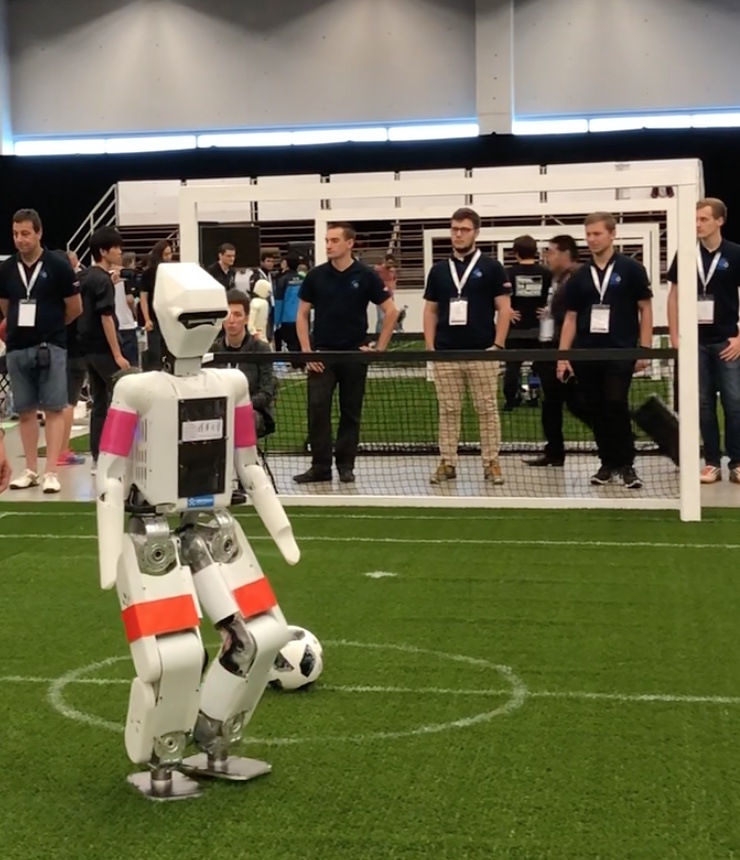
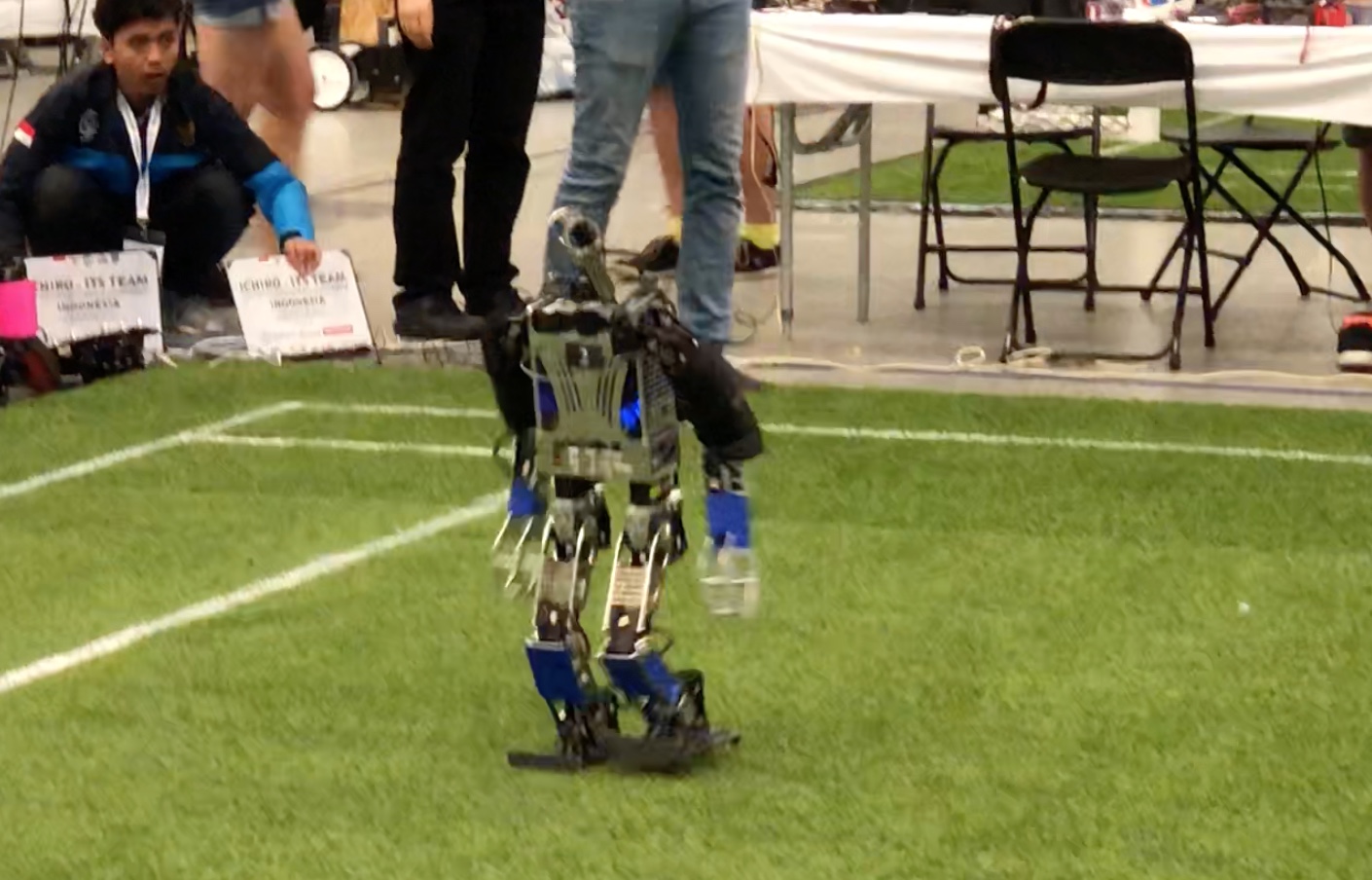
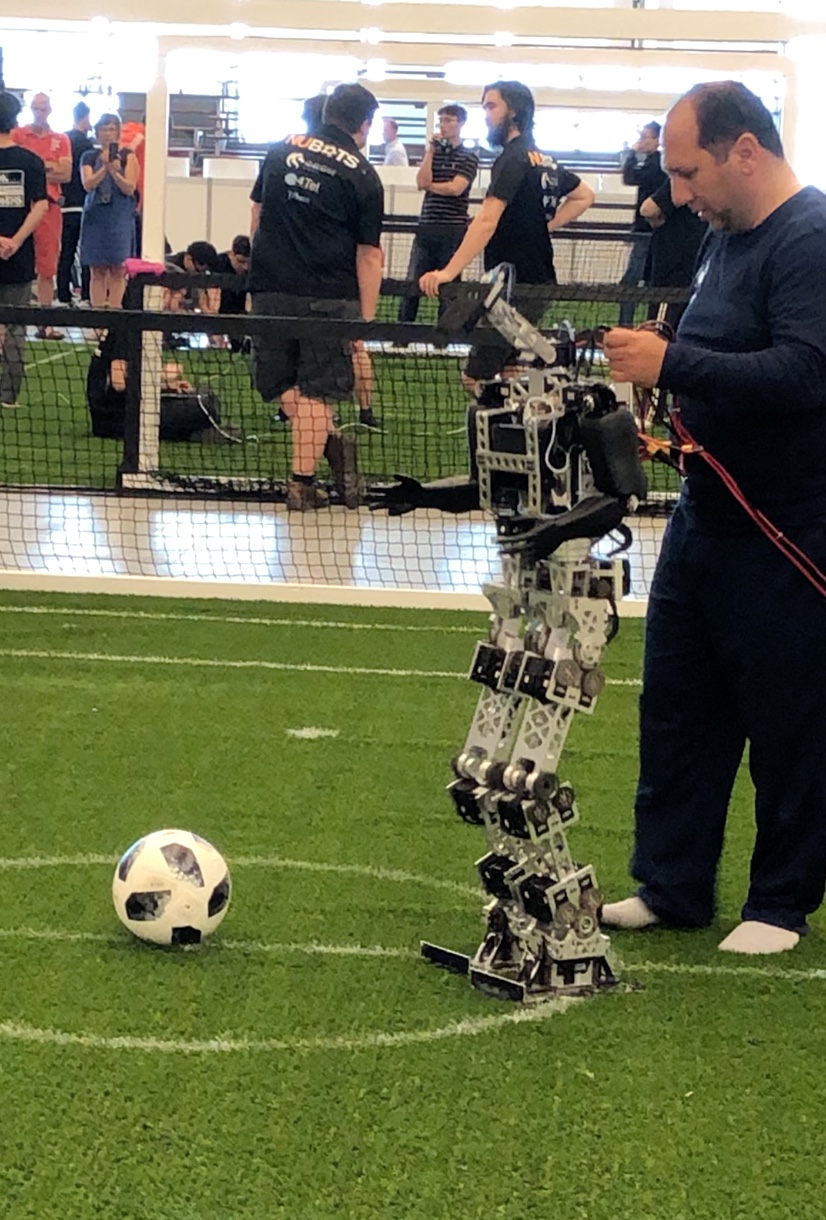
and Standard Platform League. There were mainly two challenges – building a humanoid robot to navigate locomotion challenges of walking while controlling and navigating a ball towards the opponents goal. The Standard Platform (for e.g. using Softbank’s NAO Generation 4) to play as a team the full soccer match. These looked like toddlers who were navigating the challenges of walking, coordinating, sensing and controlling the ball and shooting goals. Overall it was great fun to watch! Do check out the videos below.
Industrial Robots and Others at Work and Home settings:
We saw a number of demonstrations from a number of different companies on industrial robotics. A few are described in the following videos.
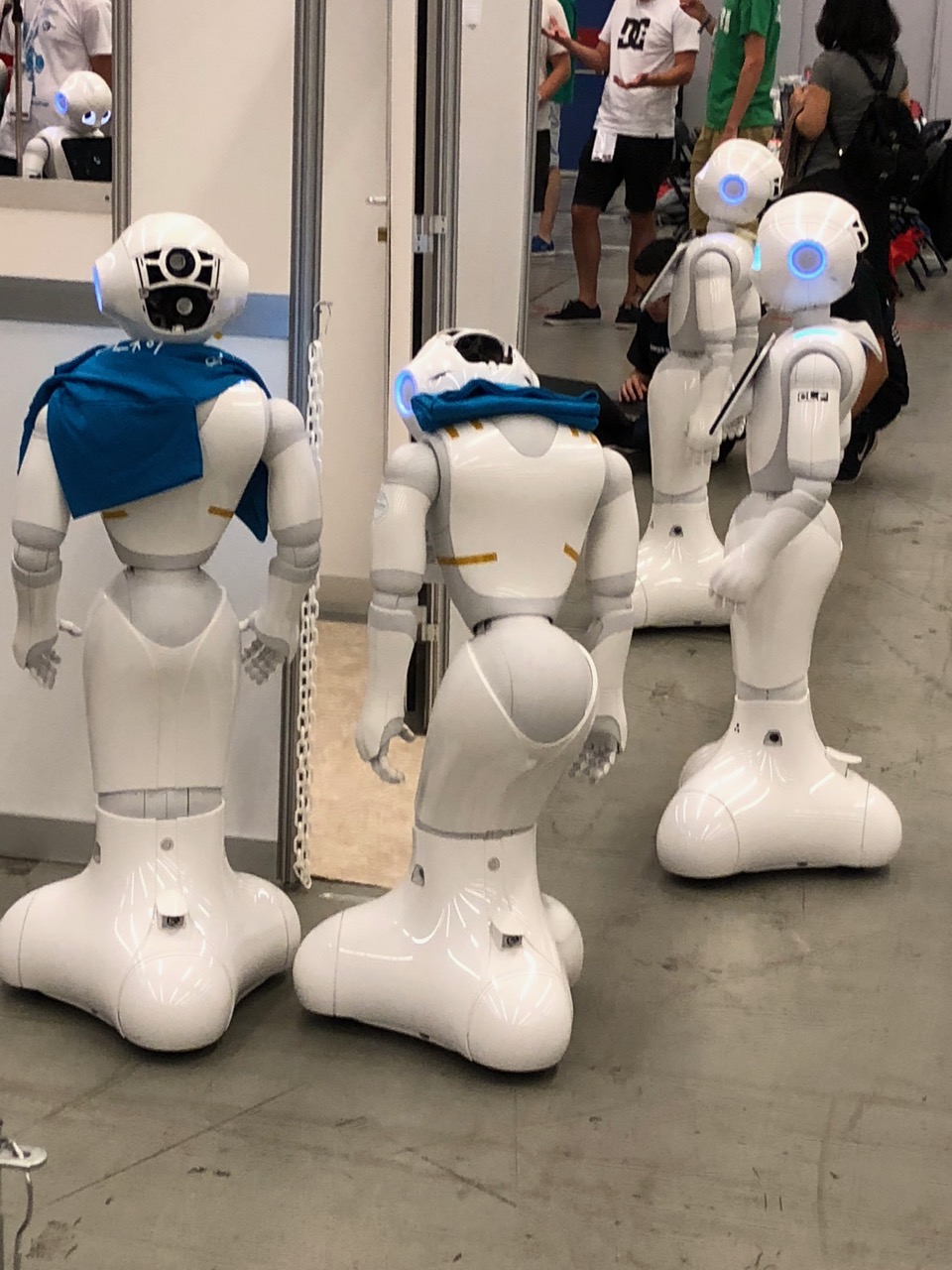 There were a number of other home setting
There were a number of other home setting 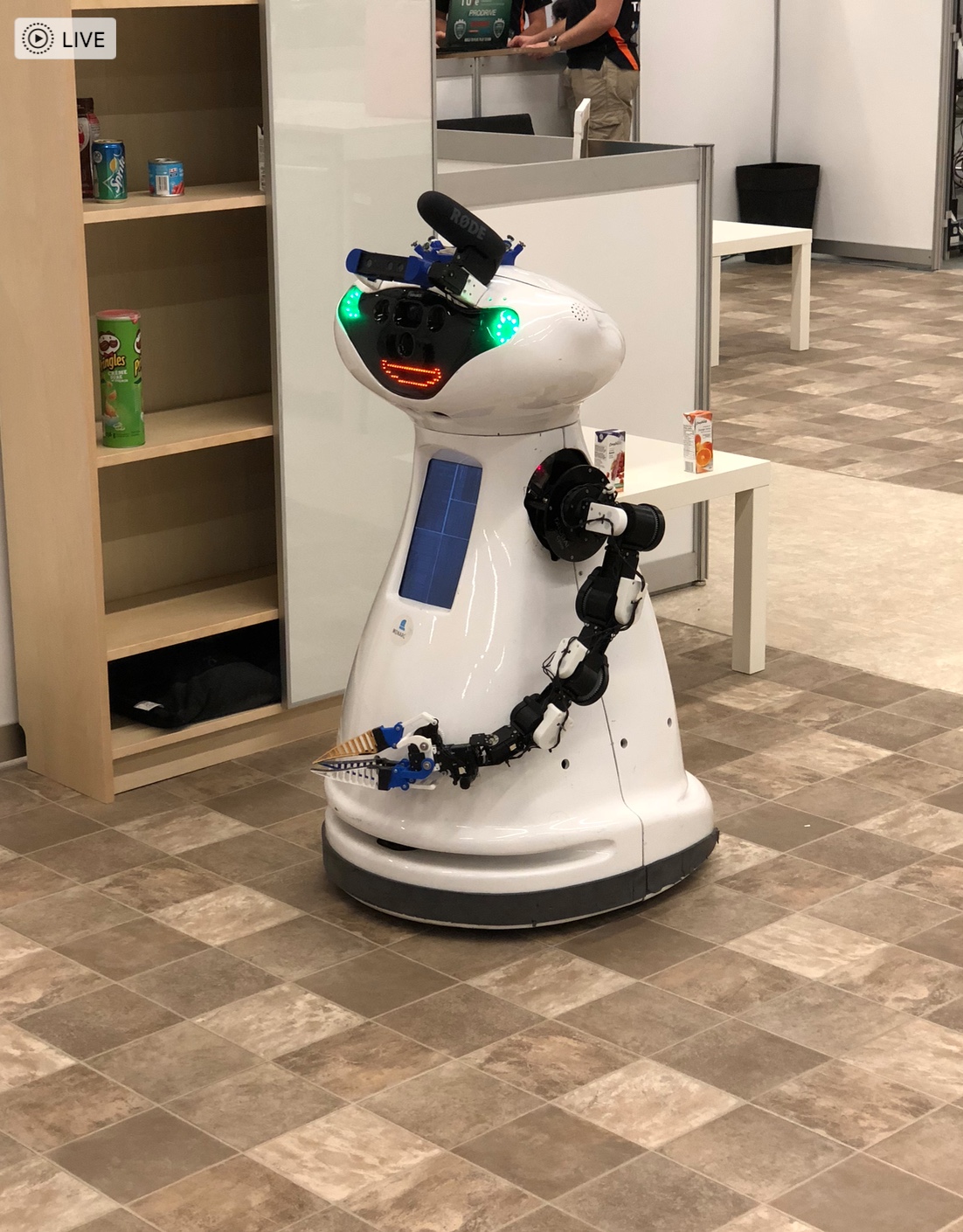 challenges as well – for example unloading grocery bags and storing them in the right location/shelf in a home.
challenges as well – for example unloading grocery bags and storing them in the right location/shelf in a home.
Rescue Robot League:
Navigating difficult terrain robots: These are primarily demonstrations of how 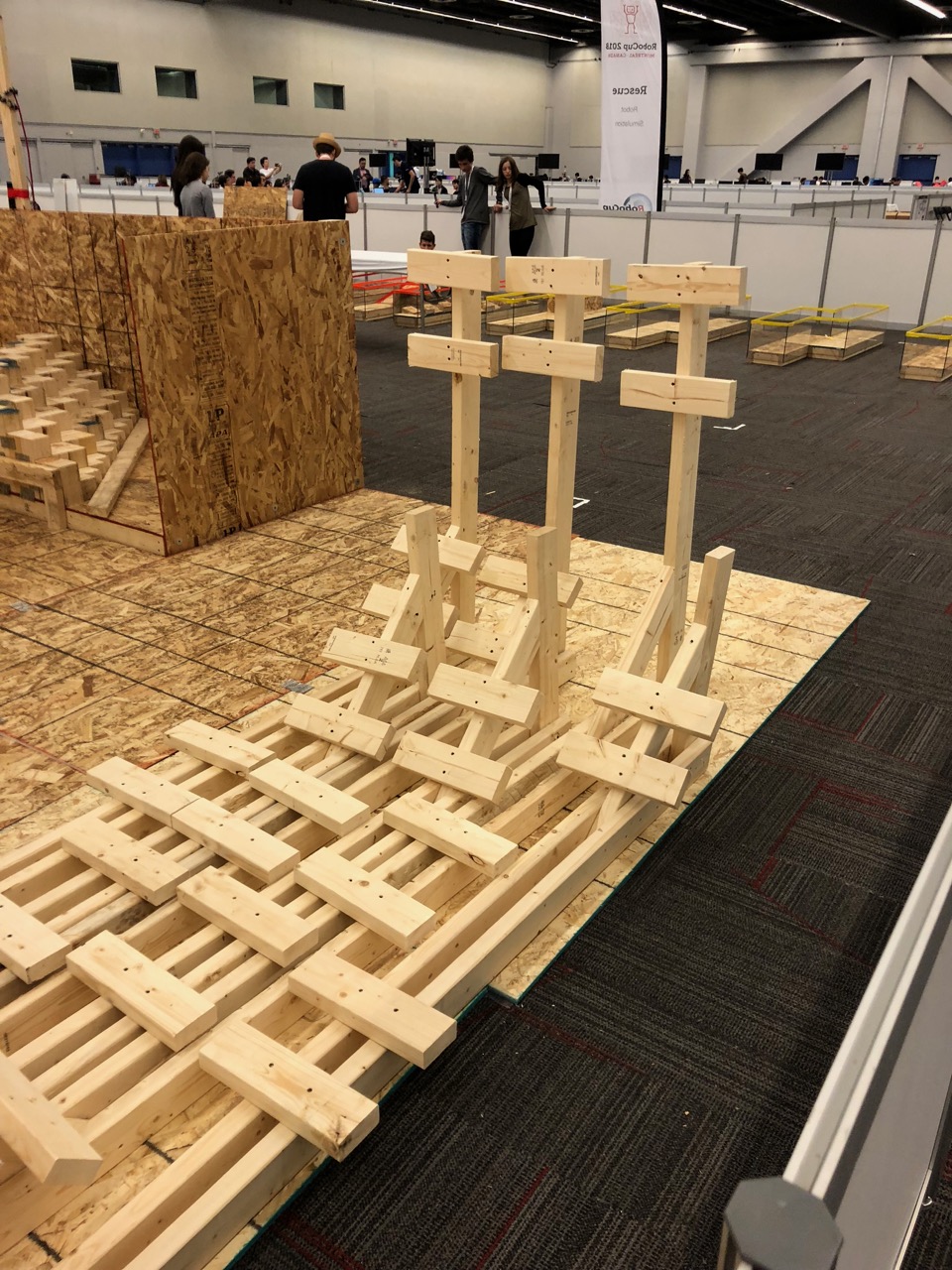 bots can be used in a hazardous situation for rescue. Challenges included navigating difficult terrains, opening doors, accomplishing tasks such as sensor readings, mapping a maze or path through the field etc. Some videos listed here are very impressive. These teams were mainly university and research lab teams. Do check out the following links.
bots can be used in a hazardous situation for rescue. Challenges included navigating difficult terrains, opening doors, accomplishing tasks such as sensor readings, mapping a maze or path through the field etc. Some videos listed here are very impressive. These teams were mainly university and research lab teams. Do check out the following links.

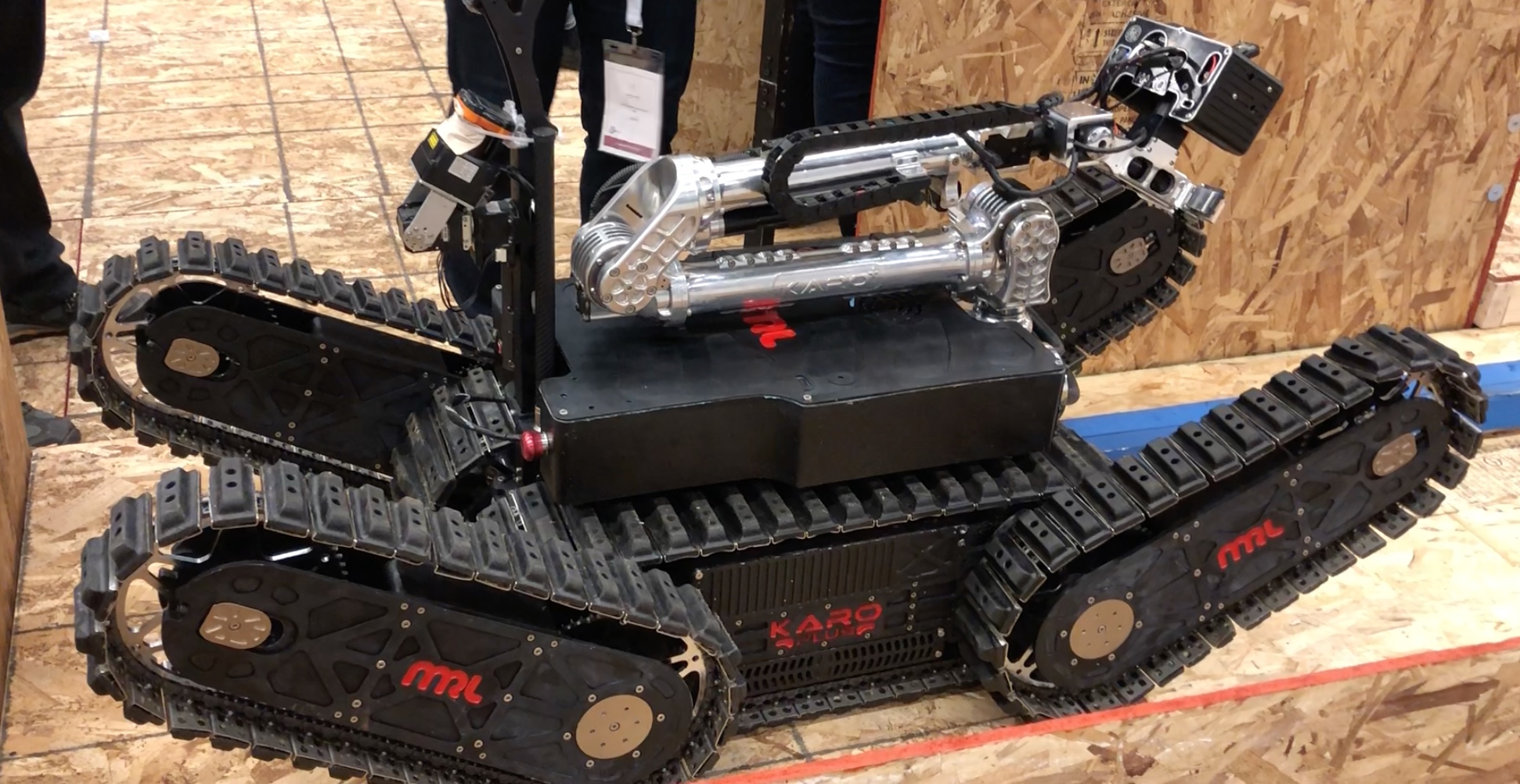
Sponsors:
Softbank was a big sponsor at the event.
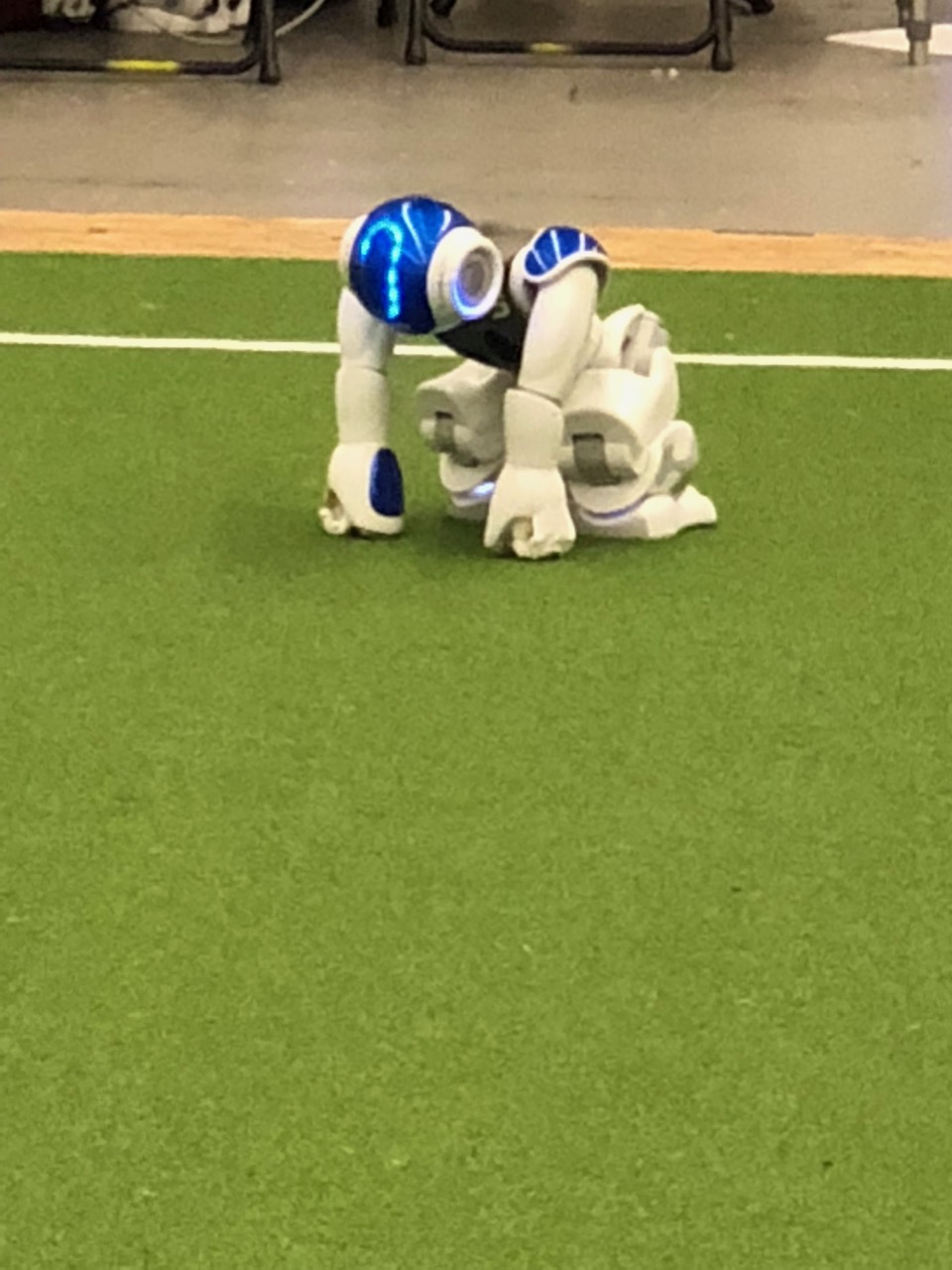 It has made huge investments into robotics. It will be evident from the following videos that making these investments is critical to succeeding in the near future when we expect a lot of the mundane work to be automated and mechanized.
It has made huge investments into robotics. It will be evident from the following videos that making these investments is critical to succeeding in the near future when we expect a lot of the mundane work to be automated and mechanized.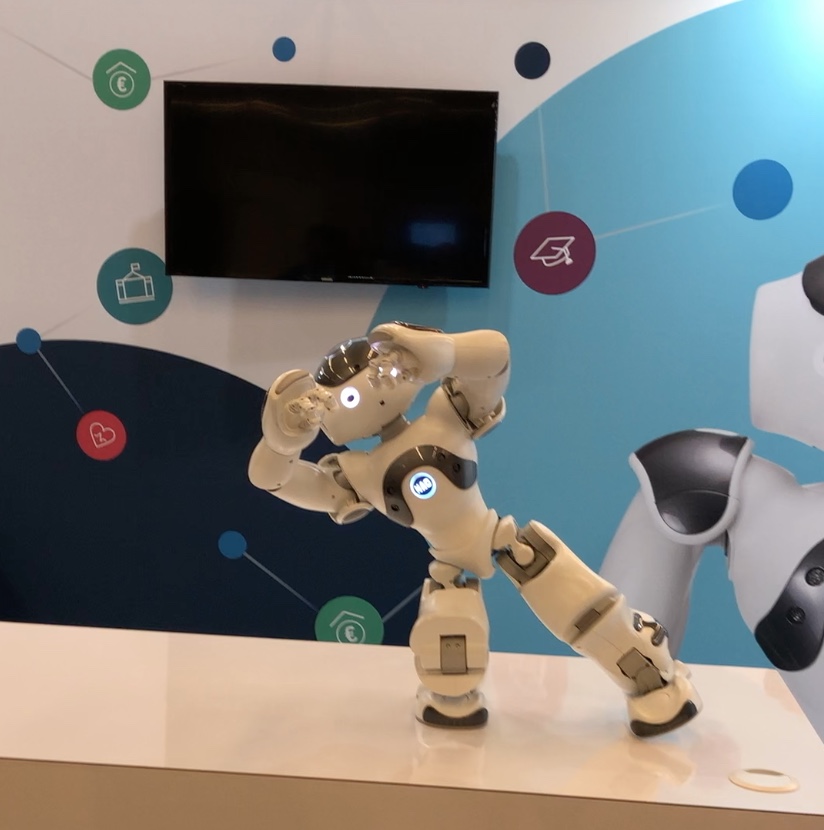
Closing thoughts:
We saw that we were competing against a number of national teams. There is 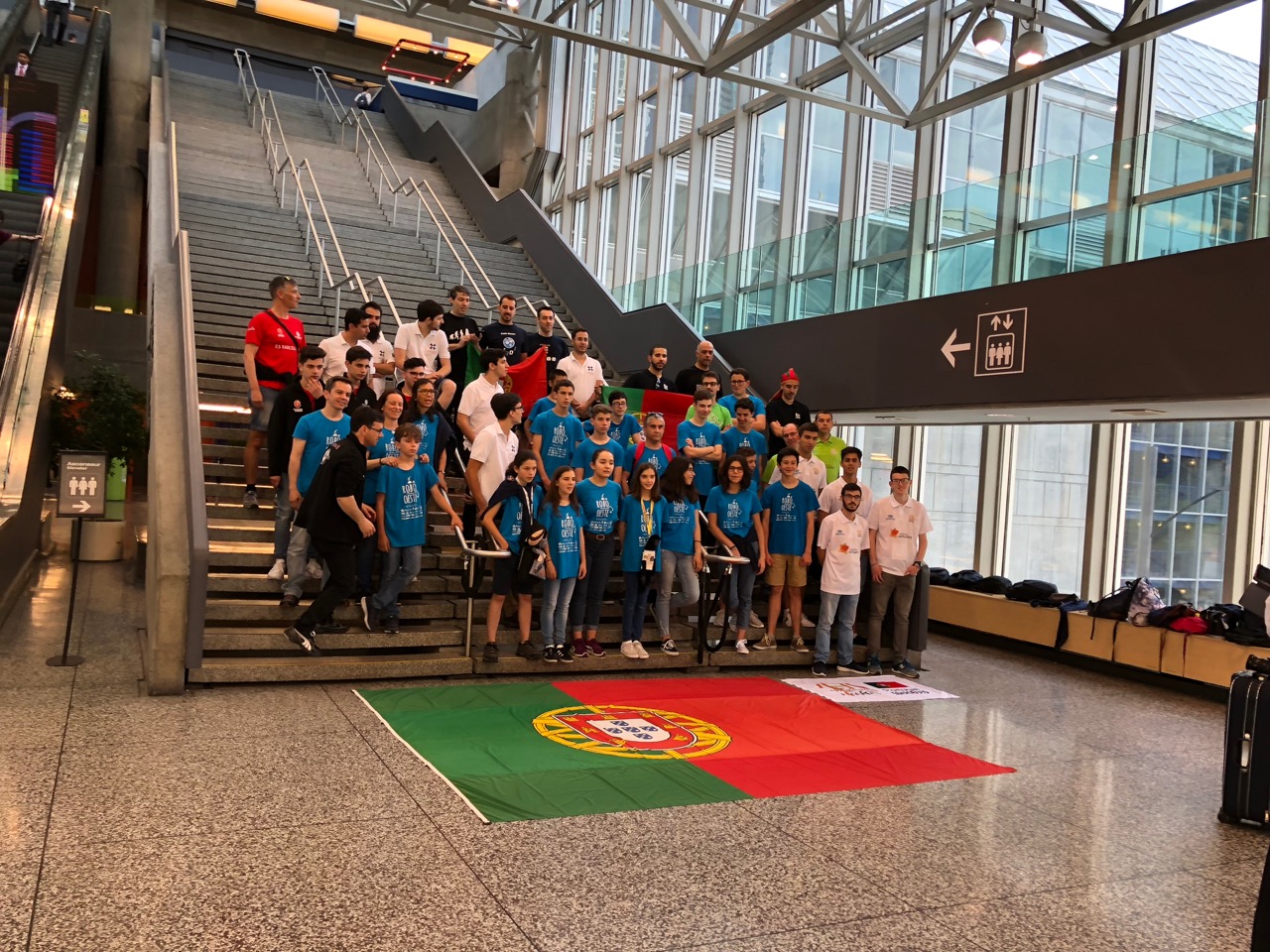 a huge difference in terms of resources and motivation from state sponsorship as was evident with the Iranian, Chinese, Russian, Singaporean, Croatian, Egyptian and Portuguese delegations.
a huge difference in terms of resources and motivation from state sponsorship as was evident with the Iranian, Chinese, Russian, Singaporean, Croatian, Egyptian and Portuguese delegations.

A second learning was that at this level you need a stable platform and cannot afford to rebuild your bot for every run. Hopefully my son’s team is taking this feedback to heart and coming back to the competition stronger next year in Australia!
The kids had fun – here’s the team at the Notre-Dame Basilica of Montreal
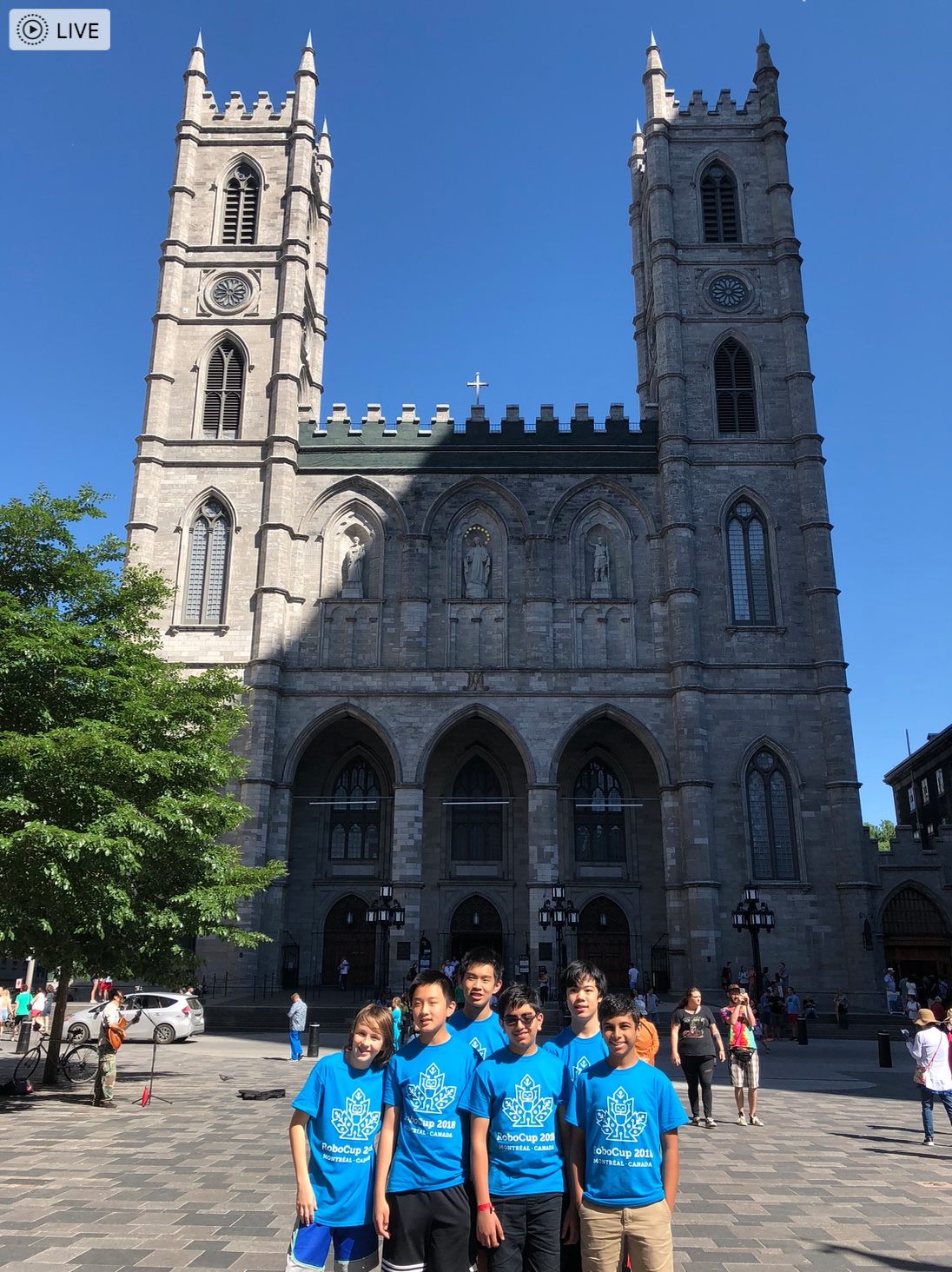
My tensor flow project
As a part of my Grade 8 Voyager Program, I implemented a python module using tensorflow machine learning library to run clustering on twitter user data and tweet feeds. The following describes the project:
My Breakthrough Challenge Video – 2017
Part I: In Defense Of Globalization
The world has changed drastically since the end of World War II. It has become much smaller and more connected. Advancements in science and technology have made it possible for communication, trade, and commerce to occur almost instantaneously. Trade barriers have been broken, international borders have been blurred, and the transfer of goods, people, and ideas 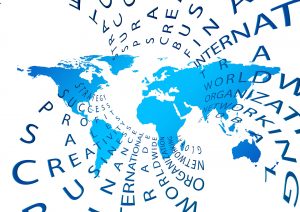 happens daily across borders. This brave new world that was entered after the war is caused by a process called globalization. Globalization, according to Wikipedia, “is the action or procedure of international integration arising from the interchange of world views, products, ideas, and other aspects of culture.” Globalization has changed the world for the better, and it should become the standard for humanity. Its benefits include, but are not limited to, per capita and revenue growth, the spread of democracy through the developing world, and a general interconnectedness between the human species brought about by the social, technological, and ideological exchanges across the world.
happens daily across borders. This brave new world that was entered after the war is caused by a process called globalization. Globalization, according to Wikipedia, “is the action or procedure of international integration arising from the interchange of world views, products, ideas, and other aspects of culture.” Globalization has changed the world for the better, and it should become the standard for humanity. Its benefits include, but are not limited to, per capita and revenue growth, the spread of democracy through the developing world, and a general interconnectedness between the human species brought about by the social, technological, and ideological exchanges across the world.
Since the 1990s, trade agreements like NAFTA have made it easier for companies to move across borders and maximize revenues. Companies that 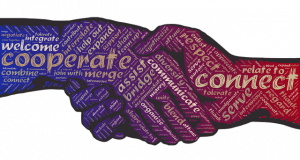 were once limited to operations in very few countries were able to create jobs where labor was cheapest, resulting in more employment, and a rise in standard of living in poor countries, like China. China’s economy is a prime example of the economic benefits that globalization has produced. China has become a hub for manufacturing, with companies like Apple producing most of their products there. Since 1990, GDP per capita increased exponentially, going from USD 317.885 in 1990 to USD 8,027.684 in 2015. Higher individual wages also correlated with a higher total GDP. GDP in China went from 360.859 billion USD in 1990 to USD 11.008 trillion in 2015. This huge increase in economic value is thanks to the countless companies that have taken advantage of China’s booming population and workforce. This in turn raised incomes for the majority of the Chinese populace. Standards of living have been going up, and outbound tourism from China has been steadily increasing, from 4 million people in 1999 to 50 million people in 2015. China is just one example of the profound effects globalization on a population. As the winds of globalization inevitably sweep across the world, many developing countries will turn in to booming, prosperous nations. According to the Peterson Institute of International Economics, “A sophisticated model predicts that
were once limited to operations in very few countries were able to create jobs where labor was cheapest, resulting in more employment, and a rise in standard of living in poor countries, like China. China’s economy is a prime example of the economic benefits that globalization has produced. China has become a hub for manufacturing, with companies like Apple producing most of their products there. Since 1990, GDP per capita increased exponentially, going from USD 317.885 in 1990 to USD 8,027.684 in 2015. Higher individual wages also correlated with a higher total GDP. GDP in China went from 360.859 billion USD in 1990 to USD 11.008 trillion in 2015. This huge increase in economic value is thanks to the countless companies that have taken advantage of China’s booming population and workforce. This in turn raised incomes for the majority of the Chinese populace. Standards of living have been going up, and outbound tourism from China has been steadily increasing, from 4 million people in 1999 to 50 million people in 2015. China is just one example of the profound effects globalization on a population. As the winds of globalization inevitably sweep across the world, many developing countries will turn in to booming, prosperous nations. According to the Peterson Institute of International Economics, “A sophisticated model predicts that 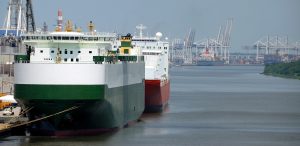 global free trade, removing all post-Uruguay Round barriers, would lift world income by $1.9 trillion ($375 billion for Japan, $512 billion for EU and EFTA, $537 billion for the US, $371 billion for developing countries, $62 billion for Canada, Australia, New Zealand).” This “global free trade”, brought about by trade deals like NAFTA and TPP, will enable labor to spread around the world and increase incomes across the board for citizens of the globe. However, globalization has come under fire from many people, including US President Donald Trump. His entire campaign was directed against globalization, claiming it took away jobs from “ordinary, hardworking Americans”. It is true, that free trade drives companies to shuffle jobs around different countries, potentially leaving some people behind. The key to solving this issue is adaptability. Globalization hastens the pace of innovation across industries, thanks in no small part to the input of ideas from around the globe. New innovations can create new avenues for moneymaking, thus creating newer jobs in the places that lost them. To maximize global revenue, trade deals between nations should make it easier for companies to move across borders, all while keeping a balance of power between people, corporations, and governments. In fact, trade deals like these should include councils of representatives from corporations, governments, and unions, enabling openness and transparency in all facets of the economy.
global free trade, removing all post-Uruguay Round barriers, would lift world income by $1.9 trillion ($375 billion for Japan, $512 billion for EU and EFTA, $537 billion for the US, $371 billion for developing countries, $62 billion for Canada, Australia, New Zealand).” This “global free trade”, brought about by trade deals like NAFTA and TPP, will enable labor to spread around the world and increase incomes across the board for citizens of the globe. However, globalization has come under fire from many people, including US President Donald Trump. His entire campaign was directed against globalization, claiming it took away jobs from “ordinary, hardworking Americans”. It is true, that free trade drives companies to shuffle jobs around different countries, potentially leaving some people behind. The key to solving this issue is adaptability. Globalization hastens the pace of innovation across industries, thanks in no small part to the input of ideas from around the globe. New innovations can create new avenues for moneymaking, thus creating newer jobs in the places that lost them. To maximize global revenue, trade deals between nations should make it easier for companies to move across borders, all while keeping a balance of power between people, corporations, and governments. In fact, trade deals like these should include councils of representatives from corporations, governments, and unions, enabling openness and transparency in all facets of the economy. 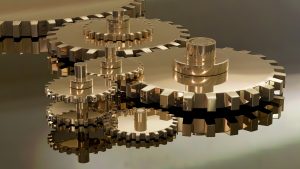 If such a system is implemented on a global scale, the prosperity of the human race will soar.
If such a system is implemented on a global scale, the prosperity of the human race will soar.
